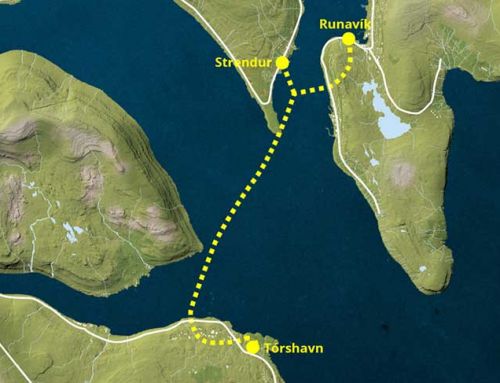In general architecture, various regulations regulate the sound insulation that interior partitions or building enclosures must have. The same applies to leisure and tourism architecture. After all, providing acoustic comfort to the users, visitors and tourists of such facilities is fundamental to their success.
However, although manufacturers provide information on the acoustic performance of their products, there is one piece of information that is not available from the outset and which can play a key role during the initial design stages of leisure and tourism projects. This is the level of ambient noise in a given location and its surroundings.

Recently, new software applications have emerged that allow us to perform noise analysis at a location from the initial stages of project design. One example is Autodesk Forma, a software application that gives access to previously inaccessible information.
Thanks to this software application, we have a database of traffic data, or we can incorporate it directly and manually, so that the information is integrated into the model. This system therefore enables us to carry out a detailed analysis of the ambient noise, all from the same application.
Artificial intelligence-based noise analysis provides instant and predictive results to guide the design of leisure and tourism projects (in the case of hotels and resorts, a key issue). In this way, it is possible to predict the insulation values required for the project.

With these simulation tools, the design is adjusted to the foreseeable reality, based on real-time information, in current scenarios and even in future situations. The subsequent integration of the conceptual design of leisure and tourism projects with BIM (Building Information Modelling) software only brings advantages in terms of integration, efficiency and agility.
By David González Molina, BIM manager in the Architecture Department of Amusement Logic
RELATED STORIES
Newsletter



